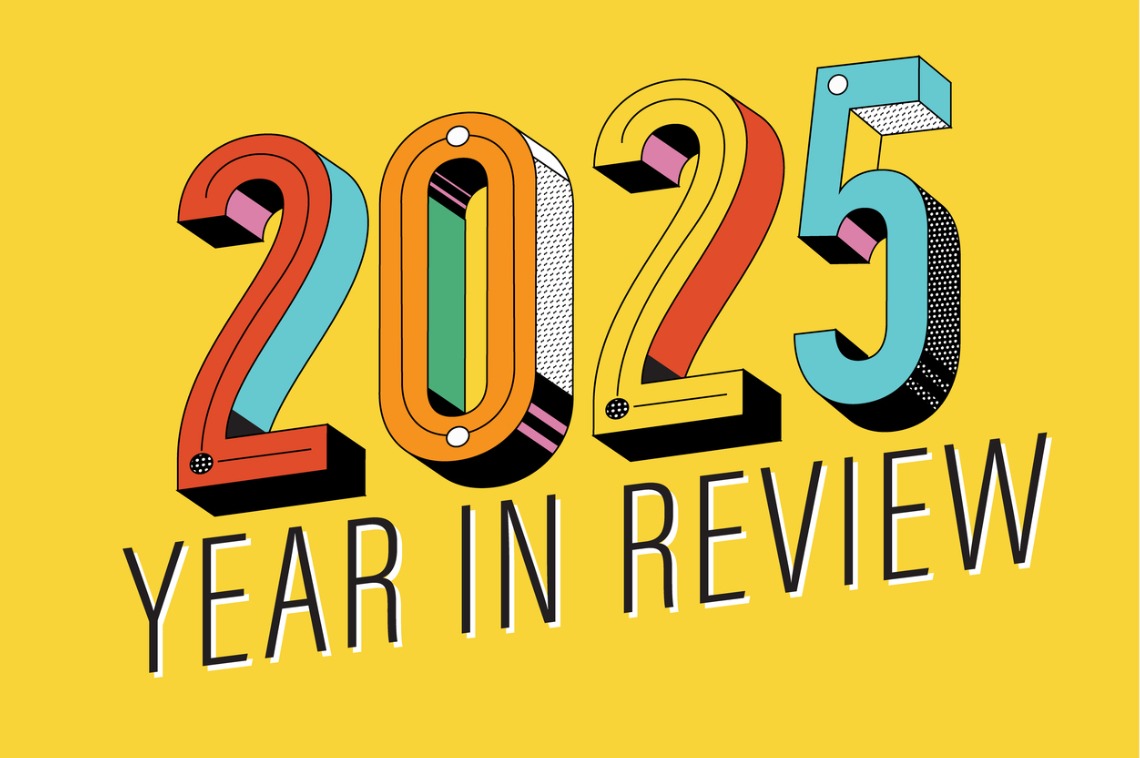M
ortgage rates are still near their lowest point of 2025, with the 30‑year fixed‑rate hovering around 6.22% as of November 6. The rate rose slightly from 6.17% the week before, yet it remains among the most attractive levels in the past year. Despite this, mortgage applications have slipped again—overall applications fell 1.9% week‑to‑week, and purchase‑loan requests dropped 1%.
The market is feeling the strain of a weak national demand for homes. Even as builders push harder with incentives, buyers remain hesitant. D.R. Horton, which supplies roughly 15% of new U.S. homes, is offering 3.99% mortgages and has cut its average selling price by 3% over the last year. Lennar has added incentives worth more than $60,000 to its average home price to entice buyers, according to the Wall Street Journal.
Price trends show a mixed picture. In the third quarter, 77% of metro markets saw price increases. The Northeast led with a 6% year‑over‑year rise, followed by the Midwest at 4.2%. The South barely moved, up 0.5%, while the West slipped 0.1%. Even with these gains, overall affordability improved thanks to the recent rate decline, as noted by the National Association of Realtors.
Employment uncertainty is a key driver of buyer caution. Markets heavily reliant on federal workers, such as Washington, D.C., are already experiencing a slowdown due to the ongoing government shutdown and earlier layoffs. Private‑sector data paint a more complex picture: ADP reported a 42,000‑job gain in October, exceeding expectations, while Challenger, Gray & Christmas recorded 1.1 million layoffs this year, with October alone seeing over 150,000 cuts—the highest monthly total in more than two decades. The lack of a single authoritative source leaves analysts uncertain about the true state of the labor market.
With no official jobs reports released during the longest federal shutdown in history, both the Federal Reserve and the housing market are proceeding cautiously, awaiting clearer economic signals.
Inventory is also declining seasonally. As the holiday season approaches, sellers are less inclined to list homes, and new listings have slowed. “Sellers don’t feel pressured to sell and often choose to hold off,” said Mike Simonsen, chief economist at Compass.
In short, mortgage rates remain low, but weak demand, uncertain employment, and a shrinking inventory are keeping buyers on the sidelines. Builders are offering aggressive incentives, yet loan applications continue to fall, and home prices are rising in most metros despite the overall softness in the market.














